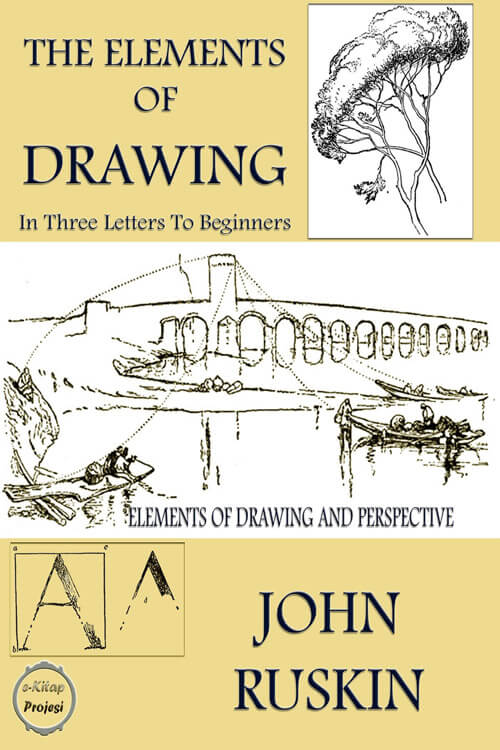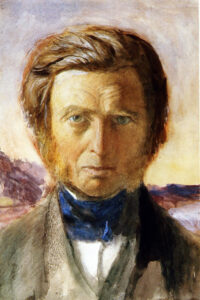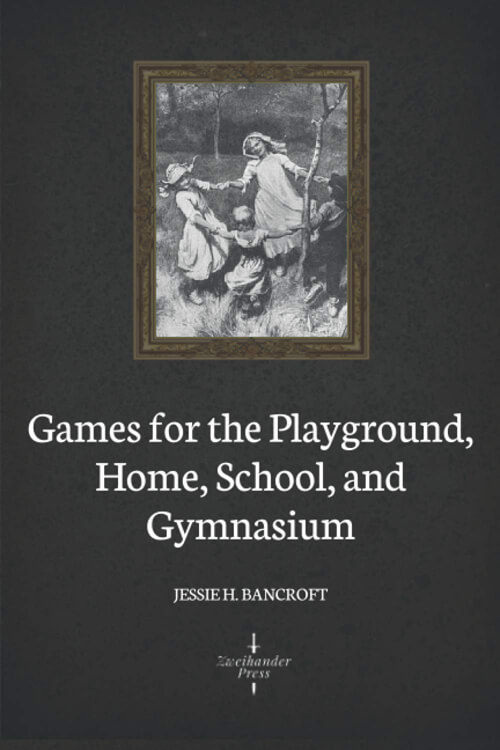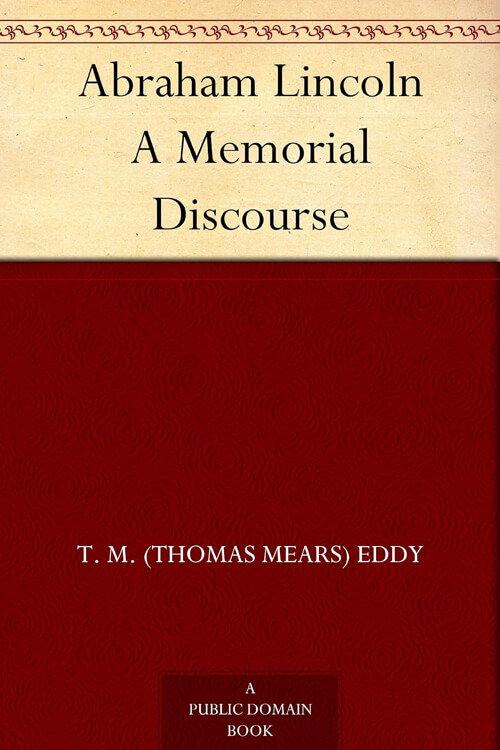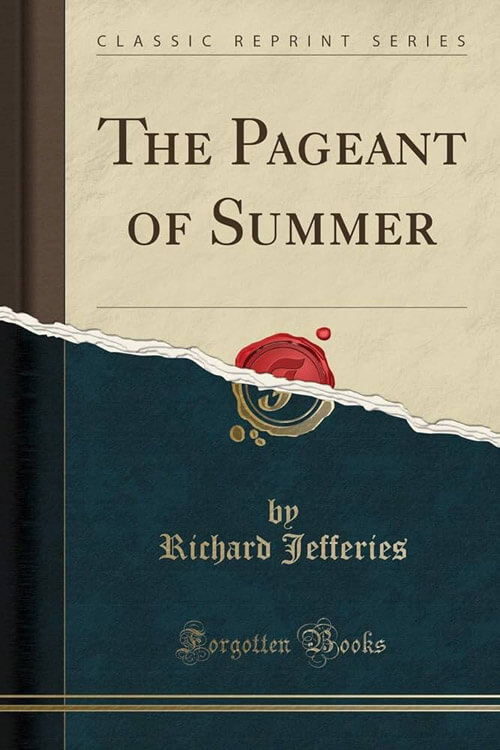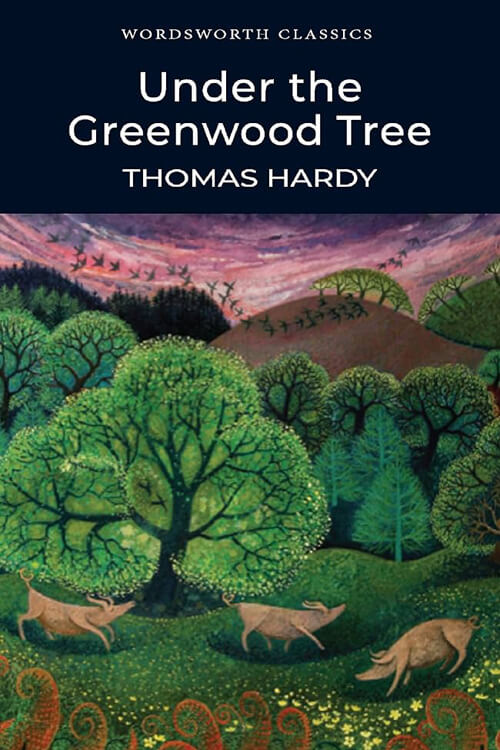
The Elements of Drawing In Three Letters to Beginners
I am not without hope that the sense of secure advancement and the pleasure of independent effort may render the following out of even the more tedious exercises here proposed possible to the solitary learner without weariness. But if it should be otherwise, and he finds the first steps painfully annoying, I can only desire him to consider whether the acquirement of so great a power as that of pictorial expression of thought be not worth some toil or whether it is likely, in the natural order of matters in this working world, that so great a gift should be attainable by those who will give no price for it. xii.
One task, however, of some difficulty, the student will find I have not imposed upon him: namely, learning the laws of perspective. It would be worthwhile to know them if he could do so quickly, but without a master’s help and in the way perspective is explained in treatises, the difficulty is greater than the gain.
Read or download Book
John Ruskin
John Ruskin (8 February 1819 – 20 January 1900) was an English writer, philosopher, art critic, and polymath of the Victorian era.
Biography
He wrote on subjects as varied as geology, architecture, myth, ornithology, literature, education, botany, and political economy. Ruskin was heavily engaged by the work of Viollet le Duc, which he taught to all his pupils, including William Morris, notably Viollet le Duc’s Dictionary, which he considered “the only book of any value on architecture”. Ruskin’s writing styles and literary forms were equally varied. He wrote essays and treatises, poetry and lectures, travel guides and manuals, letters, and even a fairy tale. He also made detailed sketches and paintings of rocks, plants, birds, landscapes, architectural structures, and ornamentation.
The elaborate style that characterized his earliest writing on art gave way in time to plainer language designed to communicate his ideas more effectively. He emphasized the connections between nature, art, and society in his writing. Ruskin was hugely influential in the latter half of the 19th century and up to the First World War. After a period of relative decline, his reputation has steadily improved since the 1960s with the publication of numerous academic studies of his work. Today, his ideas and concerns are widely recognized as having an anticipated interest in environmentalism, sustainability, and craft. Ruskin first came to widespread attention with the first volume of Modern Painters (1843), an extended essay in defence of the work of J. M. W. Turner in which he argued that the principal role of the artist is “truth to nature”. From the 1850s, he championed the Pre-Raphaelites, influenced by his ideas. His work increasingly focused on social and political issues. Unto This Last (1860, 1862) marked the shift in emphasis.
In 1869, Ruskin became the first Slade Professor of Fine Art at the University of Oxford, where he established the Ruskin School of Drawing. In 1871, he began his monthly “letters to the workmen and labourers of Great Britain”, published under Fors Clavigera (1871–1884). During this complex and deeply personal work, he developed the principles underlying his ideal society. As a result, he founded the Guild of St George, an organization that endures today.

